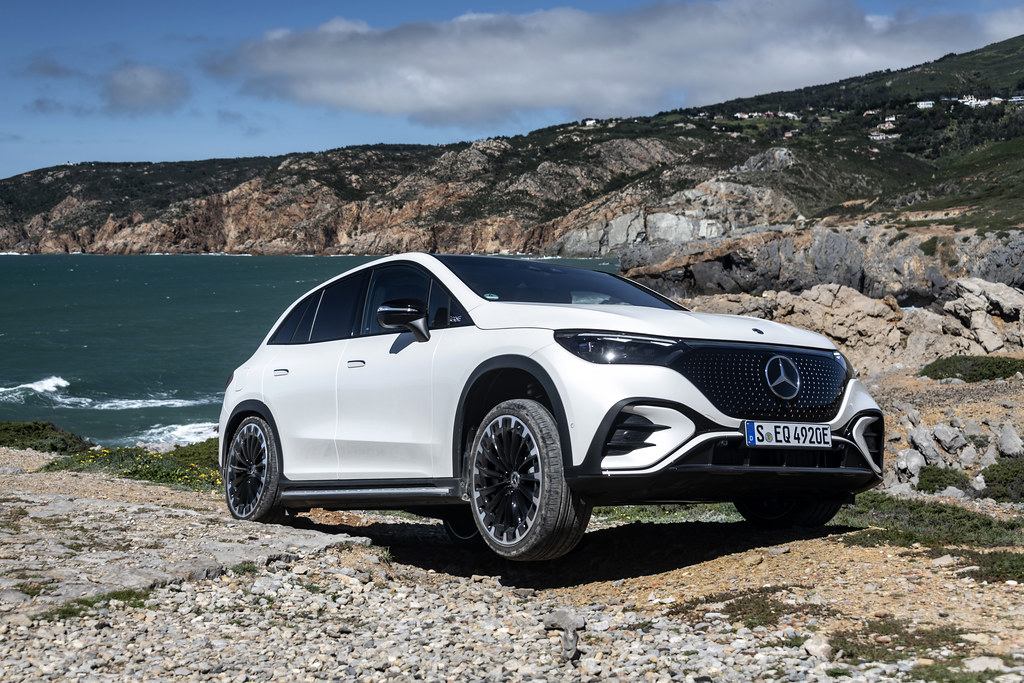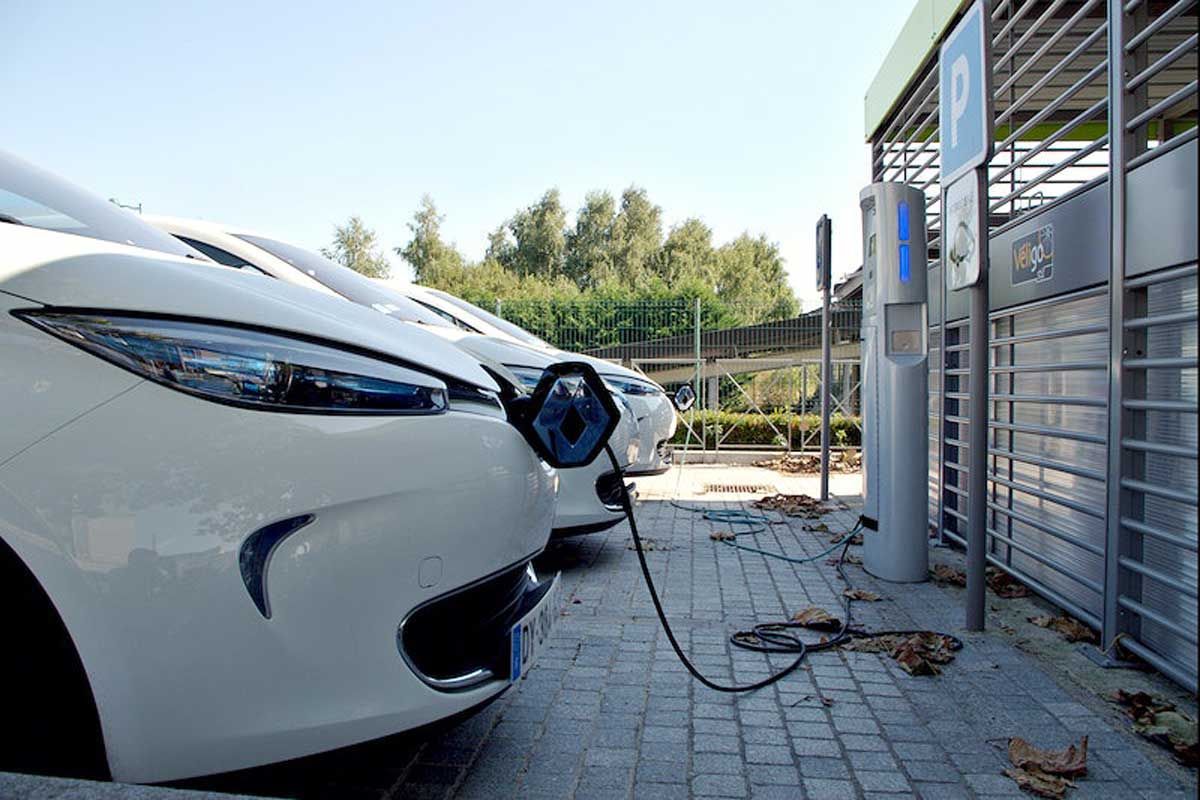
Electric vehicles, or EVs, have been making waves, buzzing onto our roads with promises of a cleaner, greener future. We’ve all heard the compelling arguments: zero tailpipe emissions, significant savings at the ‘pump’ (or, well, the charging station), and that undeniably zippy acceleration that makes driving feel like you’re piloting a silent rocket. It’s no wonder EV adoption is on the rise, with millions sold globally and growing rapidly, driven by concerns about climate change and air pollution.
But here’s the thing about cutting-edge tech and evolving trends: while the spotlight often shines on the advantages, there’s always a flip side. Before you jump headfirst into the electric revolution, it’s wise to peek behind the curtain and consider some of the not-so-positive aspects. These aren’t necessarily deal-breakers, but they are crucial considerations that can significantly impact your ownership experience.
So, let’s get real. While EVs are far from perfect and still have some quirks to work out, understanding these potential trade-offs will help you make a truly informed decision. We’re diving deep into the honest realities of electric car ownership, tackling the crucial questions that often get glossed over in the excitement of a new purchase. Here are the first six downsides nobody tells you about.
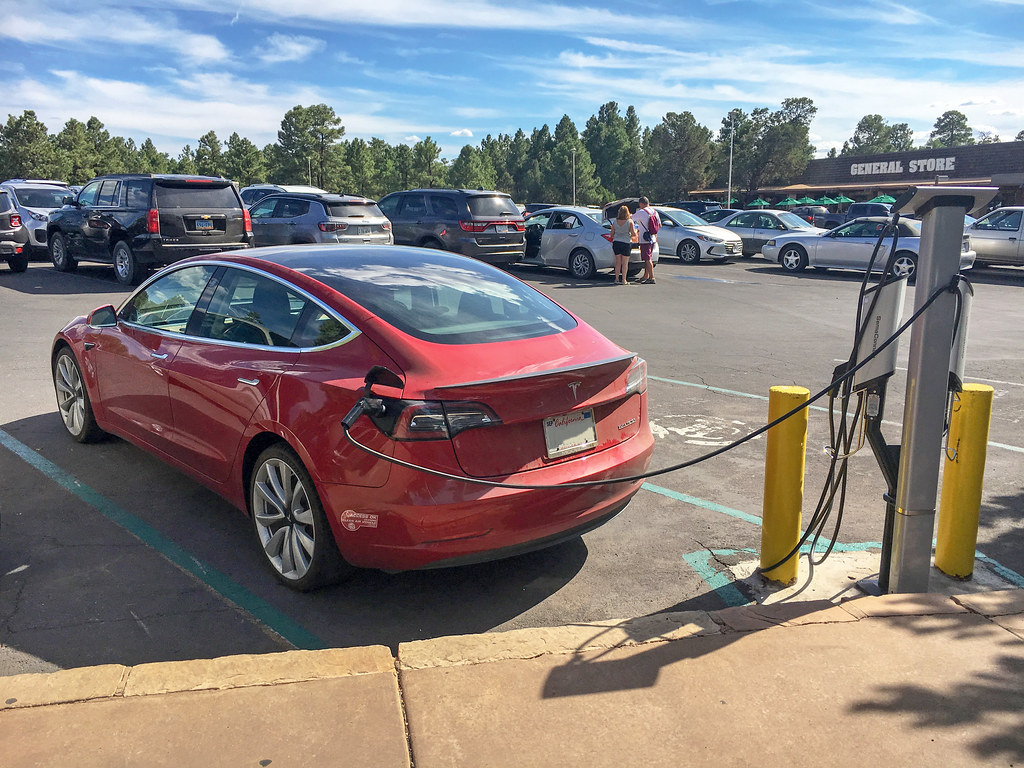
1. **Limited Driving Range (Range Anxiety)**Let’s kick things off with a classic EV concern: driving range. Remember the 2011 Nissan Leaf, which traveled a modest 73 miles on a full charge? While today’s EVs perform much better due to battery improvements – the 2025 Leaf reaches 212 miles and the Lucid Air up to 512 miles – gas-powered vehicles still hold an advantage. The average gas car covers over 400 miles, compared to the EV average of 291 miles, according to Energy Innovation. This gap, though narrowing, can still be a point of friction for many.
Beyond the advertised numbers, real-world conditions significantly impact actual range. Cold weather, high speeds on motorways, heavy loads, or frequent use of heating and air conditioning all reduce how far your EV can travel. WLTP (lab-tested standards) often differ from real usage, meaning your 250+ mile EV might not feel so long-legged in challenging situations.
This brings us to ‘range anxiety’ – that nervous feeling when driving longer routes, worried about not making it to your destination or home to recharge. If you regularly undertake journeys of 200+ miles in a day or travel where charging infrastructure is sparse, this reduced range can become genuinely limiting. It demands careful planning for road trips, a shift from the spontaneous nature of gas car travel.
While for many daily commutes (e.g., average UK driver does 19-20 miles/day), 250+ miles of range means charging every 5-10 days, this comfort zone quickly shrinks for different driving patterns. The reality is, range might not be an issue for daily routines, but it remains a critical consideration for specific lifestyles and long-haul travelers. It’s evolving, but not entirely resolved for everyone just yet.
Car Model Information: 2016 Nissan Titan XD PRO-4X
Name: Nissan Leaf
Caption: Third generation Nissan Leaf
Manufacturer: Nissan
Production: October 2010 – present
ModelYears: 2011–present
Class: Unbulleted list
BodyStyle: Unbulleted list
Layout: Front-engine, front-wheel-drive layout
Predecessor: Unbulleted list
Categories: 2020s cars, All articles containing potentially dated statements, All articles with dead external links, Articles containing Japanese-language text, Articles containing potentially dated statements from December 2015
Summary: The Nissan Leaf (Japanese: 日産・リーフ, Hepburn: Nissan Rīfu; stylized as LEAF) is a battery-electric car manufactured by Nissan, produced since 2010. It was offered exclusively as a 5-door hatchback which since then has become a crossover SUV model. The term “LEAF” serves as a backronym to leading environmentally-friendly affordable family car.
The Leaf was unveiled on 1 August 2009 as the world’s first mass market electric and zero-emission vehicle. Among other awards and recognition, it received the 2010 Green Car Vision Award, the 2011 European Car of the Year, the 2011 World Car of the Year, and the 2011–2012 Car of the Year Japan. The Leaf’s range on a full charge has been steadily increased from 117 km (73 miles) to 364 km (226 miles) (EPA rated) by the use of larger battery packs and several minor improvements.
As of September 2021, European sales totalled more than 208,000, and as of December 2021, over 165,000 had been sold in the U.S., and 157,000 in Japan. Global sales across both generations totalled 577,000 by February 2022. The Leaf was the world’s all-time top selling plug-in electric car until it was surpassed in early 2020 by the Tesla Model 3.
Get more information about: Nissan Leaf
Buying a high-performing used car >>>
Brand: Nissan Model: Leaf
Price: $19,461 Mileage: 128,080 mi.

2. **Limited Charging Infrastructure**Once you’re out there, the next big question is: where do I charge up? The infrastructure gap is glaring. The U.S. has roughly 145,000 gas stations, compared to 61,000 publicly accessible EV charging stations. While about 60% of Americans live within two miles of a public charger, availability is skewed; chargers are most common in urban areas and least accessible in rural regions.
The network is growing, thankfully. The Department of Energy reports public stations have more than doubled since 2020 in the US, and Europe has seen a 4-10x increase since 2014. The UK now boasts over 84,000 public charging points, including many rapid and ultra-rapid chargers. This growth is encouraging, but it also highlights how much catching up there is to do compared to the century-old gas station network.
Yet, challenges persist. For those without a driveway or garage, relying entirely on public chargers can be tricky, as convenient overnight home charging isn’t an option. This increases dependence on public networks, which can be less predictable. Accessibility is also a concern; few public chargers are fully suited for drivers with disabilities, and heavy cables can be difficult to manage.
So while charging infrastructure improves rapidly, it’s still a work in progress, presenting practical hurdles for universal convenience. It means careful route planning, especially for extended travel or in less developed charging zones.
Read more about: Decoding the Price Tag: 11 Historical Pricing Strategies That Shaped Modern Business and Society
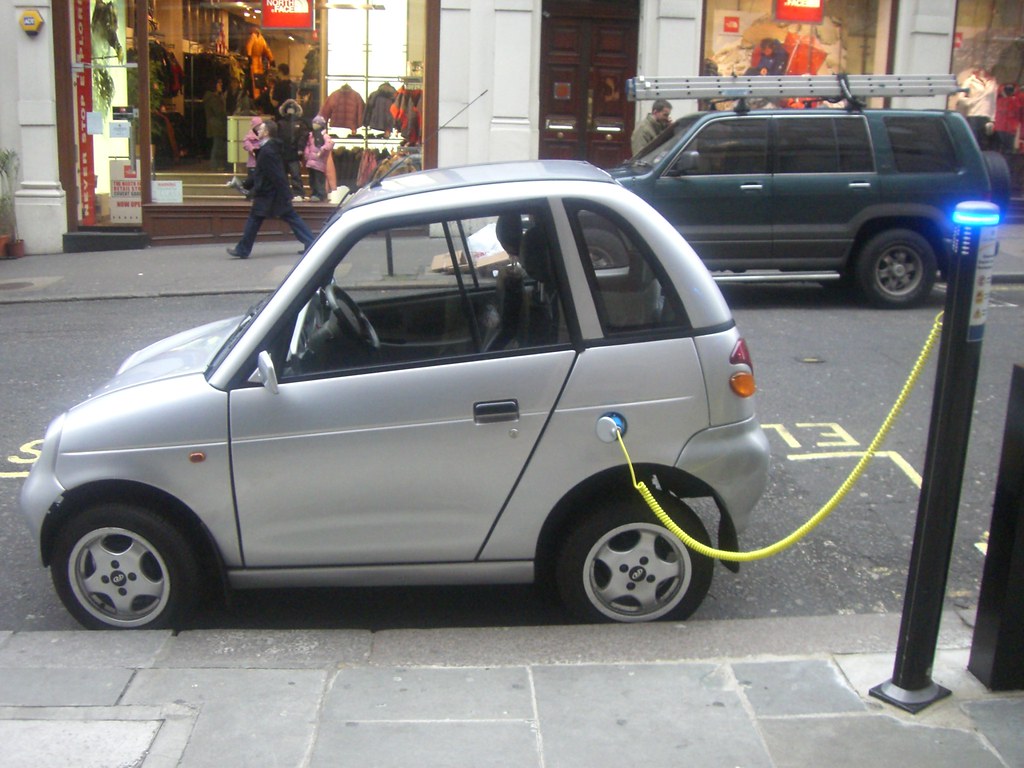
3. **Longer Charging Times**Filling a gas tank takes just a few minutes, a quick stop that lets you continue your journey almost instantly. Refueling an electric car, however, is a more time-consuming affair, demanding a significant shift in your understanding of ‘refueling’. It’s not a sprint; it’s a dedicated pause.
Even with DC fast charging at a public station, you’re looking at anywhere from 20 minutes to an hour to charge your battery to 80%. This depends on the vehicle and charging point speed. What’s a quick pit stop for a gas car becomes a mini-break or an activity for an EV. You’ll be planning errands or grabbing a coffee while your car juices up.
Level 2 charging, common at homes and workplaces, is even slower, taking several hours. While ideal for overnight home charging – letting you wake up to a ‘full tank’ daily – it’s impractical for quick top-ups during long trips. And using a standard domestic socket can mean waiting an entire day for a full charge.
This necessitates a change in mindset. You’re not just ‘filling up’ but ‘recharging,’ which requires planning. For long trips, utilize rapid chargers along your route and often charge to 80-90% for efficiency. While home charging offers immense convenience, when on the road or lacking home setup, the extended charging times become a very real and often frustrating reality.
Read more about: Beyond the Checkered Flag: 12 Essential Safety Upgrades Every Track Day Driver Needs

4. **Battery Degradation & Diminishing Range**Unlike gas-powered cars where range remains consistent over time, an EV’s driving range is linked to battery health, and batteries commonly degrade. This degradation shortens the range after a few years of ownership, meaning your EV won’t travel quite as far on a full charge as it once did. It’s a gradual process, but one that impacts long-term utility.
Published research indicates that batteries lose about 10% of range after 200,000 miles. More generally, EVs tend to lose approximately 2% to 3% of their range each year. While this might seem small annually, it accumulates, becoming a noticeable difference over several years, especially if you push your vehicle to its range limits regularly.
Adding to this, frequent reliance on DC fast charging can actually hasten battery degradation. The high power input generates significant heat, and this thermal stress can accelerate the chemical processes leading to capacity loss. So, while rapid chargers are convenient, overusing them could come with a long-term cost to your battery’s health.
Modern EV batteries typically come with warranties covering 8 years or 100,000 miles, promising repair or replacement if capacity drops below 70%. This offers some peace of mind. However, most drivers experience a gradual drop rather than catastrophic failure, and knowing your car’s core performance metric is slowly dwindling can be a subtle but persistent worry for long-term owners.
Read more about: Does Charging Your Phone To 100% Ruin Your Battery? The Definitive Guide to Smartphone Battery Longevity
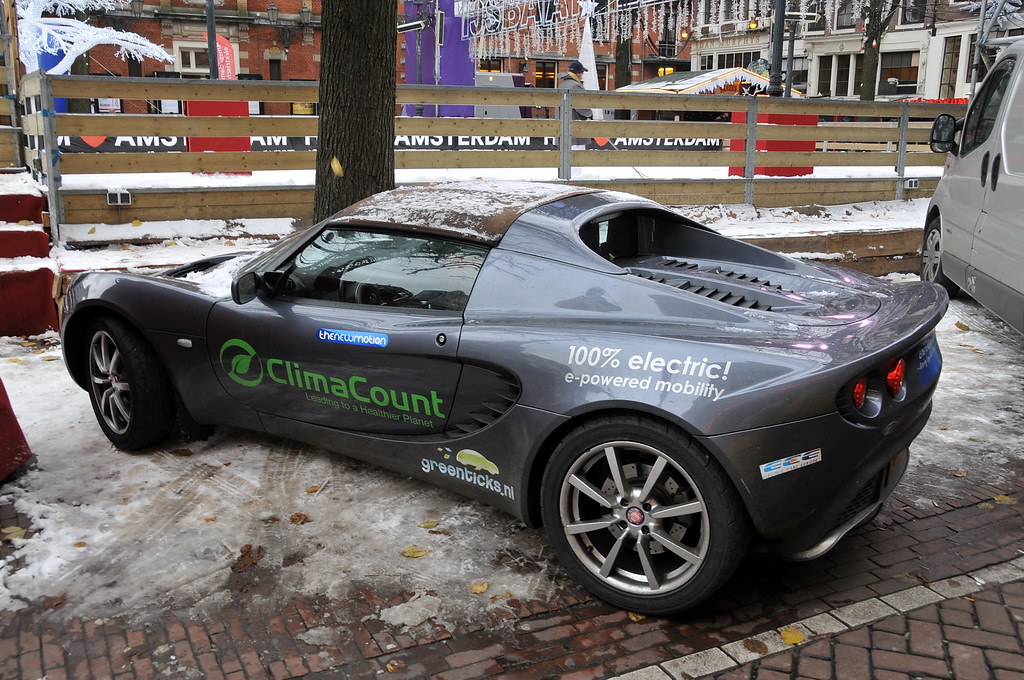
5. **Steeper Initial Cost**For many, the initial purchase price is a major hurdle. Electric vehicles still typically carry a steeper price tag than comparable gas-powered cars. This premium can make the switch to electric seem daunting, even with promises of lower running costs. It’s an upfront investment that requires careful budgetary consideration.
For example, the 2024 Hyundai Kona starts at $24,250, while its electrified counterpart, the Kona Electric, begins at $32,675 – an $8,000 difference. This pattern of higher initial cost holds true across many manufacturers, making the entry point into EV ownership more expensive.
The good news is EV prices are falling. One study noted a $14,300 average drop from 2022 to 2023. Currently, the average EV costs about $2,800 more than a gas vehicle, a smaller premium than before. However, the market for affordable new EVs remains slim. The Chevrolet Bolt EUV was discontinued, leaving the Nissan Leaf ($28,140 base price) as one of the few new 2024/2025 EVs under $30,000.
Government tax incentives, like the federal credit of up to $7,500 in the U.S., can help offset costs. Yet, eligibility depends on factors such as vehicle price, assembly location, battery components, and owner income. These incentives are valuable but don’t apply universally, adding complexity to the true cost of ownership.
Read more about: Behind the Engine: 15 Major Innovations That Flat-Out Refused to Catch On in the Auto Industry

6. **Expensive Battery Replacement**A significant worry for long-term EV owners is the potential need for battery replacement. While total battery failures are rare, the cost of an out-of-warranty replacement can be incredibly high. The battery is the most expensive component, sometimes accounting for as much as 40% of the car’s price.
Should you face replacing an entire pack outside warranty, the bill is substantial. Estimates for a Nissan Leaf battery replacement are around $5,000, while a Tesla’s can easily be a five-figure amount. Such an unexpected expense could quickly negate years of fuel savings, turning an economic decision into a financial burden.
Often, a full pack replacement isn’t necessary. Modern EV batteries are made of modules, and sometimes only a faulty module needs replacing. While more affordable, this is still not cheap. Repair bills for module replacements can still run into the hundreds, if not thousands, marking a significant maintenance event.
It’s useful to compare this to internal combustion engines (ICE), which also incur costly major repairs like engine overhauls that aren’t always covered by warranty. However, the sheer scale of potential battery replacement costs often feels more intimidating due to its novelty and high price point.
Ultimately, while the likelihood of a full replacement is low thanks to warranties and improving tech, the potential financial hit is a major downside. It’s a risk EV owners carry, a reminder that while other EV maintenance might be lower, the big-ticket items can be *really* big.
Okay, so we’ve covered some of the big hitters that often get people thinking twice about an EV. But the journey into electric car ownership, like any good tech story, has more layers. Now, let’s peel back a few more, diving into the less-talked-about drawbacks that might just surprise you. These are the quirks and considerations that truly round out the picture, helping you see the full, unfiltered reality of going electric.
Read more about: Empower Your Ride: 12 Expert-Backed Steps to DIY a Truck Lift Kit Installation at Home

7. **Lower Top Speeds**When we talk about EVs, often the first thing that comes to mind is that exhilarating, instant torque, launching you off the line with a silent surge. It’s truly a fantastic feeling that makes electric cars incredibly responsive and, dare we say, fun to drive in daily scenarios. But here’s a little secret: while they’re champs in acceleration, most family-friendly EVs aren’t exactly built for breaking land-speed records at the top end.
Take models like the Kia EV6 GT Line, for instance. It can rocket from 0-60mph in a swift 5 seconds, which is seriously impressive. Yet, its top speed caps out at around 115mph. The Skoda Enyaq is in a similar boat, maxing out at about 110mph. Now, for everyday driving, especially in places like the UK where speed limits don’t exceed 70mph, this isn’t usually an issue. You’re simply not going to hit those higher numbers often, if ever.
However, it’s worth noting that this differs significantly from many fossil-fuel cars. A Nissan Leaf’s top speed might be around 89.48 mph, while a comparable Ford Focus can hit up to 137 mph. Sure, there are lightning-fast EVs out there, like any Tesla model or the Audi e-Tron and Porsche Taycan, but these performance machines come with a premium price tag. Plus, electric cars become less and less efficient at higher speeds, meaning pushing your EV to its limits will significantly eat into your effective range. So, while you might feel like a superhero off the mark, sustained high-speed cruising is where many EVs show their more practical, rather than flashy, side.
Read more about: The 10 Best Aftermarket Suspension Upgrades for Enhanced Daily Driving Comfort

8. **Higher Environmental Impact of Manufacturing**When you hear “electric vehicle,” your mind probably conjures images of pristine air and a drastically reduced carbon footprint, thanks to those glorious zero tailpipe emissions. And you’d be largely right about the *driving* part. However, it’s crucial to look at the full lifecycle of an EV, because the story gets a bit more complex when you factor in the manufacturing process. This is one of those less glamorous truths that gets less airtime.
The biggest environmental cost of an EV isn’t its tailpipe, but rather its heart: the lithium-ion battery. Producing these powerhouse batteries is an incredibly energy-intensive endeavor. Beyond the energy, there’s the mining of critical materials like lithium and cobalt, which can raise significant ethical and environmental concerns due to their extraction methods. In fact, creating an EV generates about 8.8 tonnes of CO2 greenhouse gas emissions, compared to roughly 5.6 tonnes for a conventional gasoline car’s manufacture. That’s a noticeable upfront environmental debit.
Now, before you ditch the dream of a green ride entirely, remember that improvements in battery manufacturing, along with better recycling and supply chain practices, are constantly working to reduce this impact. While electric cars aren’t perfect, their overall lifecycle emissions are generally lower than those of petrol or diesel cars, and this gap is expected to continue shrinking as technology and renewable energy sources advance. It’s a journey towards sustainability, not an instant fix.
Read more about: The 10 Best Aftermarket Suspension Upgrades for Enhanced Daily Driving Comfort
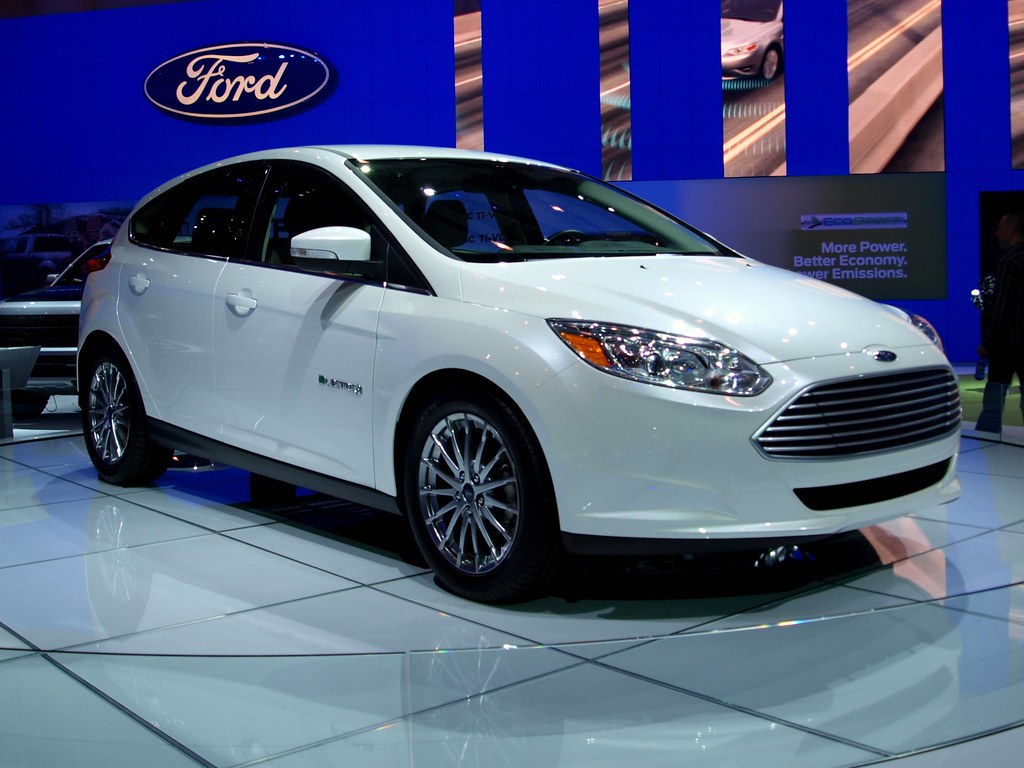
9. **Potential Pedestrian Danger (Quietness)**One of the undeniable charms of an EV is its whisper-quiet operation. Glide down the street, and all you hear is the gentle hum of the tires and perhaps a bit of wind noise, a stark contrast to the rumble and roar of a combustion engine. This quietness contributes to a more serene driving experience and potentially less noise pollution in urban areas. But here’s the kicker: what’s a luxury for the driver can, surprisingly, become a hazard for pedestrians.
Because EVs operate with such stealth, they can be dangerously quiet. Pedestrians, often relying on auditory cues to detect approaching vehicles, might simply not hear an electric car coming. This can lead to them stepping into the road, assuming it’s empty, and creating a potentially dangerous situation. It’s a safety concern that emerges directly from one of the EV’s most lauded features.
To combat this, regulations have been introduced requiring electric vehicles to emit artificial engine sounds at low speeds. While these sounds are designed to provide a crucial warning, they sometimes get a bit… weird. Some drivers and pedestrians find these manufactured noises annoying or unnatural, which can dampen the otherwise serene EV experience. It’s a tricky balance between safety and maintaining that silent, smooth ride.
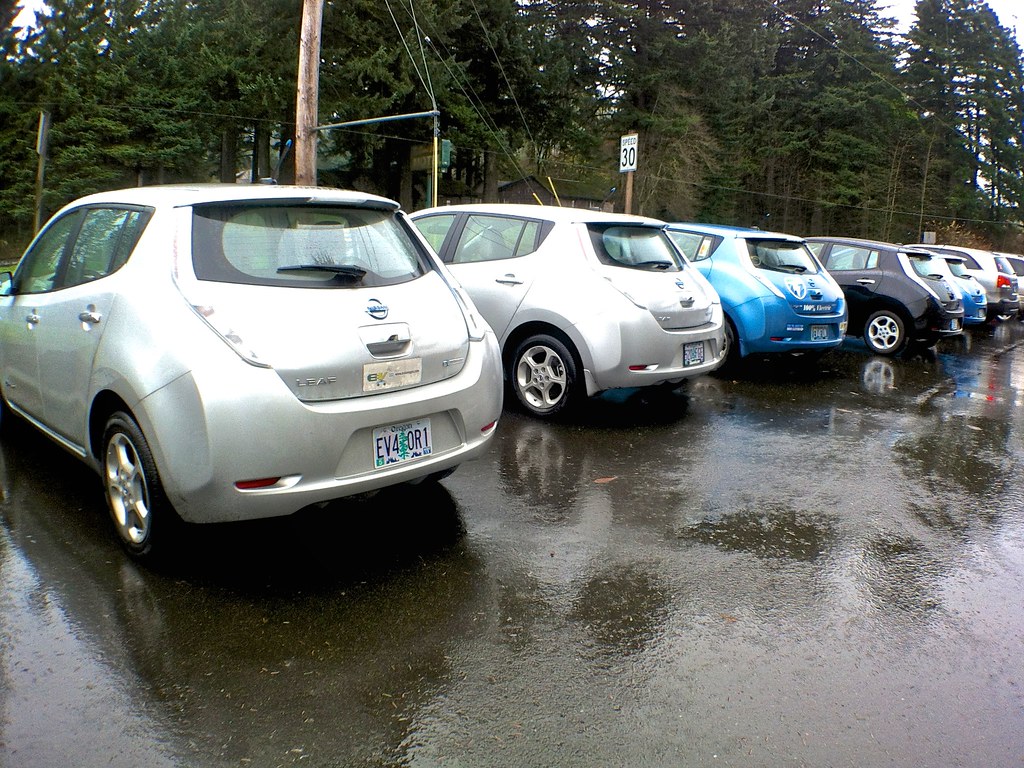
10. **Heavy Weight of Vehicles**You know those sleek, modern designs of EVs? They often hide a secret: these vehicles are, by nature, quite a bit heavier than their fossil-fuel counterparts. The primary culprit for this added bulk is the battery pack, which is essentially the entire fuel source for the car. These packs can weigh anywhere from 280 to a hefty 550 kilograms, making them a significant contributor to the vehicle’s overall mass.
To put that into perspective, consider the Nissan Leaf, an EV with a kerb weight of about 1,580kg. A similar-sized gasoline car, like the Nissan Pulsar, weighs in at a more modest 1,265kg. That’s a substantial difference! This extra weight isn’t just a number; it poses a tangible challenge for car manufacturers, who must meticulously design the vehicle to ensure it handles well on the road despite the added mass, all while striving for maximum efficiency.
Beyond the engineering challenges, heavier vehicles also contribute more to road wear and tear. This means that a widespread adoption of heavier EVs could potentially lead to an increase in road maintenance works over time. While the weight might contribute to a solid, grounded feel on the road for the driver, it’s an underlying factor that has broader implications for infrastructure and vehicle design.
Read more about: Keep Your Ride Smooth: 9 Essential Ways to Prevent Flat Spotting in High-Performance Tires

11. **Disposal/Handling of Old EV Batteries**Okay, so we’ve been talking about these massive battery packs, right? Well, here’s another thing nobody tells you about: what happens when they reach the end of their life in a vehicle? The first wave of modern EVs is already starting to retire, and we’re rapidly heading towards a future where “lots of old EV batteries to handle” becomes a very real and pressing issue. We’re talking about huge numbers of these heavy, complex power sources that need a solution.
Currently, simply recycling these batteries down into their raw components isn’t always a viable or economical option. The reclaimed raw materials might fetch around €0.33 per kilo, but the initial cost of those materials was closer to €1.00 per kilo. This economic imbalance means that traditional recycling isn’t always the most attractive solution, and it could lead to significant challenges if not properly addressed as EV sales continue to ramp up, creating an ever-increasing stream of old batteries 8+ years down the line.
The good news is that innovators are exploring creative reuse options. Even when a battery pack doesn’t hold enough charge to efficiently power a car anymore, it can still serve a useful purpose, acting as a ‘storage brick’ within the electricity grid, for instance. Individual battery modules can also be repurposed for smaller, more portable storage solutions in homes, offices, or apartments. The goal is to maximize their lifespan and minimize waste, turning a potential problem into an opportunity for a circular economy.

12. **Limited Vehicle Choice (Yet)**In a world teeming with automotive options, from compact sedans to colossal SUVs, stepping into the EV market can feel a bit… restrictive. While the selection is definitely expanding, many car manufacturers still offer a comparatively small number of electric models. You might find a single EV option tucked away in a lineup that boasts ten or more diverse fossil-fuel vehicles. It’s like going to a buffet and finding only a couple of vegan dishes – good, but limited if you’re looking for variety.
Even manufacturers that are pushing the ‘green friendly’ agenda, like Kia, still demonstrate this disparity. While they’ve introduced compelling EVs such as the Ioniq EV, Soul EV, and Kona Electric, alongside various PHEV hybrid options, their gasoline-powered car options still outnumber their electric offerings by a significant margin, often three times over. This means if you have very specific preferences for body style, performance, or interior features, your EV choices might feel a bit constrained compared to the vast sea of internal combustion engine vehicles.
The silver lining here is that this situation is rapidly changing. An increasing number of manufacturers are pledging to electrify their entire fleets or significantly expand their EV ranges in the coming years. So, while “limited choice” is a current reality, it’s a transient one. Patience, future EV buyers, will likely be rewarded with a much broader spectrum of electric vehicles to pick from very soon. But for now, you might have to accept a somewhat narrower selection.
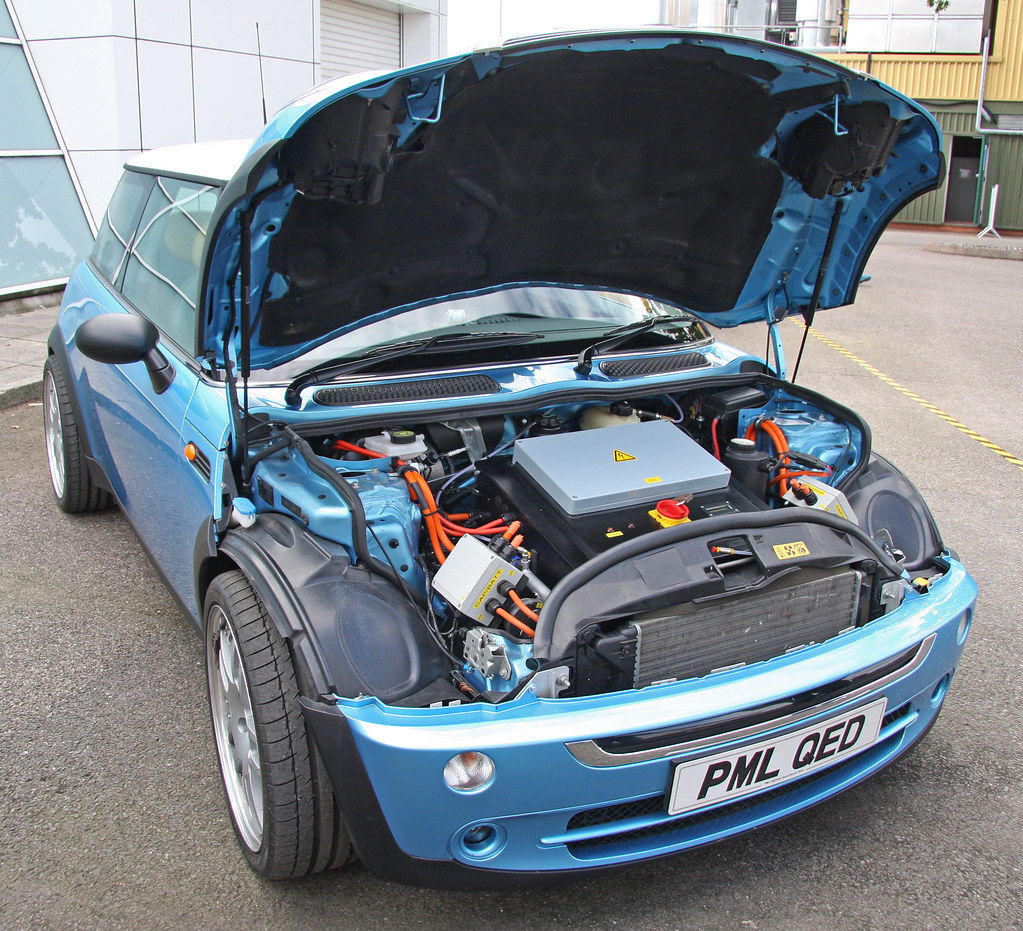
13. **Increased Recurring Costs**Alright, so we’ve dissected the steeper initial cost of buying an EV and the potential for a hefty battery replacement bill. But hold onto your hats, because there are a few other recurring costs that, while perhaps not as dramatic, can add up over time. These are the expenses that sneak into your budget beyond the electricity bill, quietly reminding you that EV ownership isn’t entirely a free ride, even after the initial purchase.
One such cost is Vehicle Excise Duty (VED). For new EVs registered on or after April 1, 2025, you’re looking at a £10 first-year VED. After that, a standard annual rate of £195 kicks in. While this might seem modest, it’s a recurring expense that many might not initially factor in when dreaming of a petrol-free future. It’s a small but consistent financial tick-tock on your ownership ledger.
Then there’s the ‘Electric Car Supplement.’ If you’re eyeing a premium EV with a list price exceeding £40,000, prepare for an additional £425 per year. This supplement applies from the second to the sixth year of the car’s life, meaning you’re looking at potentially five years of this extra charge. These fees can collectively add a considerable amount to the long-term cost of owning a more luxurious electric vehicle, making it essential to budget beyond just the upfront sticker price and perceived charging savings.
Read more about: Your Ultimate Guide: 14 Financial Pitfalls Every Classic Car Collector Needs to Sidestep for a Successful Collection
So, there you have it: a thorough, no-holds-barred look at the downsides of electric vehicle ownership. It’s a lot to take in, we know! From range anxiety and charging hurdles to the environmental cost of manufacturing and the practicalities of battery disposal, EVs, like any evolving technology, come with their own set of considerations. They’re not a magic bullet, but rather a complex, continuously improving solution to our transportation needs. Ultimately, making the switch requires a clear-eyed understanding of these trade-offs and how they fit into your unique lifestyle and driving habits. Are EVs *really* worth it? That’s a question only you, armed with all this info, can truly answer.


